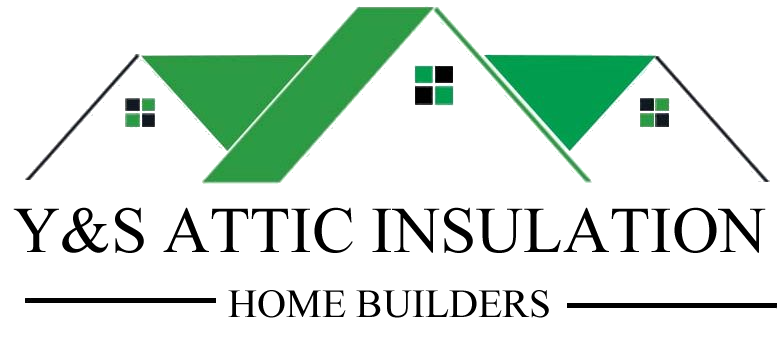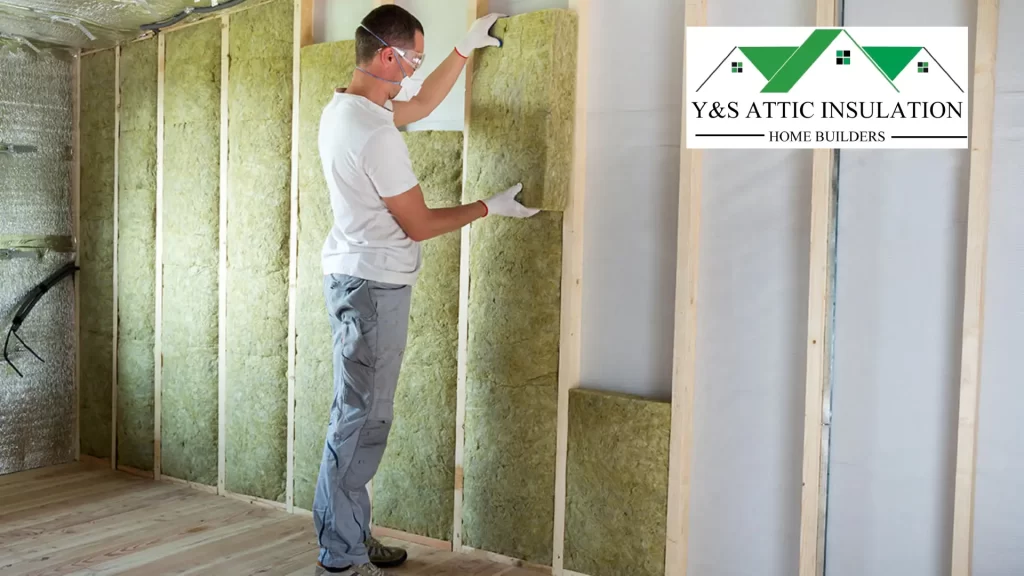Insulation installation is a crucial aspect of maintaining energy efficiency and comfort in your home. Whether you’re insulating a new construction or upgrading existing insulation, mastering the right techniques is essential for optimal performance. Here’s your ultimate guide to insulation installation techniques.
Understanding Insulation Types
Before you begin the installation process, it’s important to understand the different types of insulation available. Common types include fiberglass, cellulose, spray foam, and rigid foam boards. Each type has its advantages and installation requirements, so choose the one that best suits your needs and budget.
Preparing the Space
Prior to installation, ensure that the space is properly prepared. Remove any existing insulation materials and debris from the area. Seal any gaps, cracks, and holes in the walls, ceilings, and floors to prevent air leakage and ensure a tight thermal envelope.
Measuring and Cutting
Accurate measurements are crucial for a successful insulation installation. Measure the dimensions of the space carefully and cut the insulation material to fit. Use a sharp utility knife or insulation cutting tool to achieve clean, precise cuts.
Installing Insulation
Once the insulation material is cut to size, it’s time to install it. Follow the manufacturer’s instructions for the specific type of insulation you’re using. Common installation methods include batts and rolls for fiberglass insulation, blowing or spraying for cellulose and spray foam, and attaching rigid foam boards to surfaces.
Sealing and Air Barrier
Proper sealing and creating an air barrier are essential for maximizing insulation performance. Use caulk or foam sealant to seal gaps around windows, doors, electrical outlets, and plumbing penetrations. Install vapor barriers as needed to prevent moisture buildup and maintain indoor air quality.
Safety Considerations
When working with insulation materials, it’s important to prioritize safety. Wear appropriate personal protective equipment, including gloves, safety goggles, and a dust mask. Take precautions to avoid skin irritation and respiratory problems associated with insulation fibers.
In conclusion, by mastering these insulation installation techniques, you can improve the energy efficiency, comfort, and durability of your home. Whether you’re tackling a DIY project or hiring a professional installer, understanding the fundamentals of insulation installation is key to achieving long-lasting results.
Learn more about Insulation installation:
From Drafty to Cozy: Transform Your Home with Expert Insulation Installation

